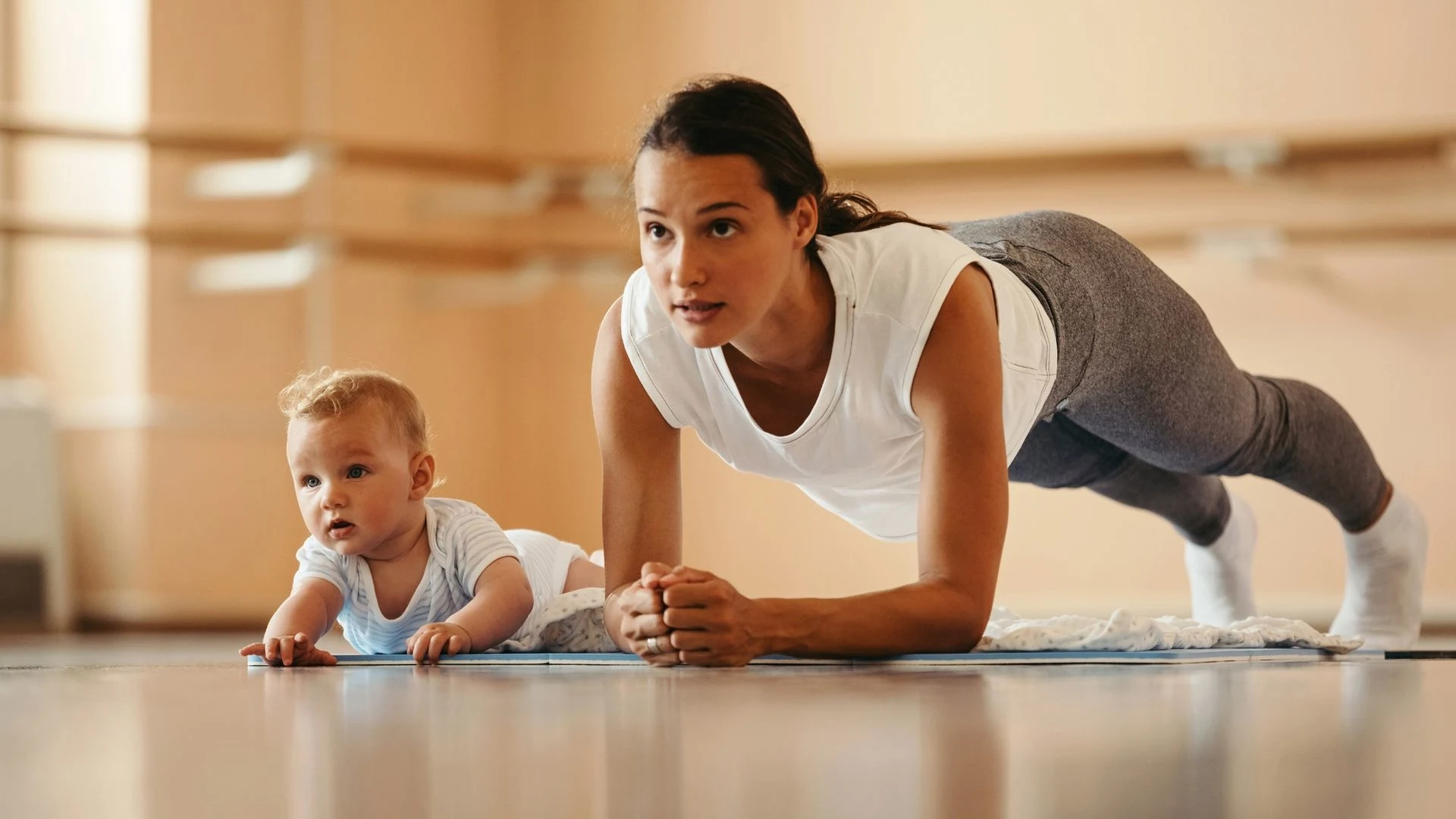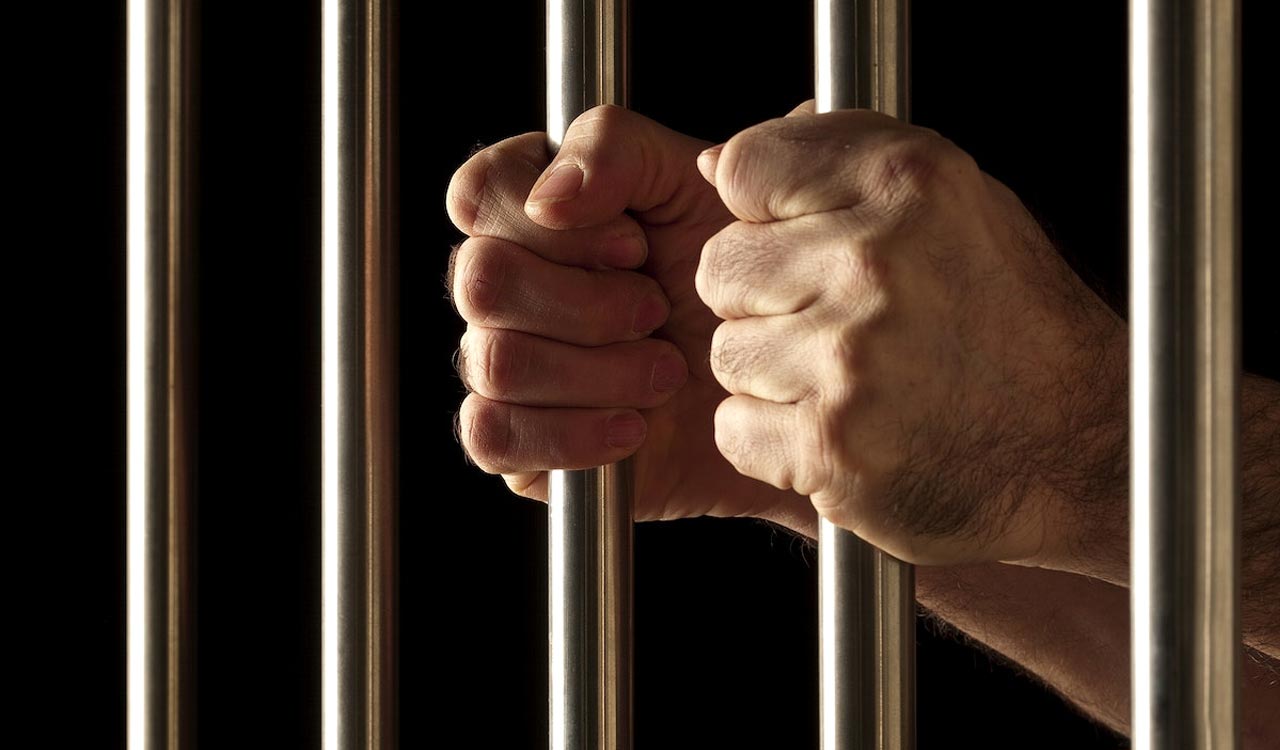By Shakira Akabusi
Copyright hellomagazine

If I’m completely honest, when my first son was born, between nursing my new baby, changing nappies and searching ‘what do I do when…’ on the internet, I hadn’t given much thought to how I was going to fit breastfeeding in with my everyday life. I’m not sure what I expected the breastfeeding journey to be like, but whatever I’d imagined, in reality, things were very different! Throughout antenatal classes, many of us are shown how to hold our baby, the way to achieve a good latch, and maybe a few positions to make feeding more comfortable. Useful? Absolutely. But what no one seems to mention is how breastfeeding can affect the body, and vice versa.
Over the last 10 years of motherhood and working as a women’s health expert and pre- and postnatal specialist, I’ve had countless conversations with mothers, either at work or at the school gates, and one of the most common questions I’m asked is whether exercise can have an effect on breast milk supply. Let me share what the anti-natal classes often leave out: how to move your body in a way that supports both your postpartum recovery and your role as a breastfeeding mother.
Can you exercise when breastfeeding?
In short, yes! Movement and motherhood can coexist beautifully, but to really arm you with the facts, let me share the details of what you really need to know to make this work well. Whilst exercise won’t impact breastmilk supply, moderate to high intensity exercise can affect the content of breastmilk slightly, although the results are temporary and have no known harmful effects to mum or baby.
What kind of changes take place?
1. Decrease antibodies: A 1997 study found that after intense exercise, the levels of an antibody called IgA were decreased in breastmilk. This antibody plays a key role in mucosal immunity; however, levels will be replenished within 30-60 minutes.
2. Increase Lactic acid: After HIIT, levels of lactic acid (the stuff making our muscles burn after burpees) remain high for up to 90 minutes; however, there are no known harmful effects to nursing our baby during this time.
Will your baby object to breastmilk after exercise?
A study in 2002 concluded that even after moderate or high intensity exercise, babies were just as happy to drink breastmilk an hour later. Even so, some mums do prefer to express breastmilk ahead of exercises to feed with a bottle, and wait for levels to reset in time. (This can also make exercise feel more comfortable for us mums, especially if we’re missing a feed time!)
If you do find that your little one is turning up their nose to feeding after a tough session, it could be the salty taste of sweat on your skin rather than the milk itself. A quick wipe-down beforehand usually does the trick.
What if you notice supply starting to dip?
Whilst exercise itself won’t affect breastmilk supply, there are ripple effects that might. For example, dehydration. Breastmilk is around 87 per cent water, and after about 14 days, a mum can produce up to 1 litre of breastmilk a day. That’s a lot of extra fluid our body needs to make!
When we exercise, we sweat. This means our body’s demand for water shoots up, and as we lose water through sweat, we have less available to support breastmilk production. The fix is simple: sip water during your workout and rehydrate afterwards to keep things flowing smoothly.
The silent supply-sucker: Stress
Stress is one of the most underrated drains on milk supply. In general, more people are experiencing higher levels of prolonged stress. Add new-parent sleep deprivation into the mix, and it’s no wonder supply can take a hit. We can’t magically erase fatigue or postpartum worries, but we can find ways to take the edge off unnecessary stress. This is where exercise is your secret weapon. Personally, I loved getting a workout in as a new mum (and still do now) because I always feel calmer and more like myself afterwards.
That’s not to say there is always time for a gym class or jog. Some days our body needs more rest, but when we can find the time, even just going for a walk or stepping outside for a stretch can work wonders for our mental health. Most importantly, we need to take the pressure off. Far too often, new mothers experience increased stress due to the pressure they feel to ‘do it all.’ Releasing the pressure and moving at a pace that feels right is key to minimising stress in the early postpartum days.
Can exercise impact breastfeeding?
Before we wrap things up, let’s flip this question upside down. I am often asked whether exercise can affect breastfeeding, but what about the other way around?
Let me quickly take it back to conception. About two weeks into your pregnancy, your body begins to produce a hormone called relaxin. These hormones then continue to be present in the body until five months after giving birth. However, if you’re a breastfeeding mother, this hormone will then continue to be present in your body at high levels until five months after you’ve weaned.
The main role of relaxin is to loosen the ligaments in and around the pelvis and prepare your body for labour, making space for the baby to descend down the birth canal. But here’s the catch: it doesn’t just affect one area; the effects of relaxin are felt across your entire body, compromising the stability of your joints.
That’s why it’s extra important to move within a comfortable range of motion and be mindful during exercise, to protect your joints while still getting all the benefits of being active.
At the end of the day, breastfeeding and exercise aren’t in competition; they can work hand in hand to support both you and your baby’s well-being. Staying active is a wonderful and effective way to improve your mood, ease stress, and help your body recover postpartum. The key is listening to your body, staying hydrated, and prioritising movements that feel good and give you energy.



